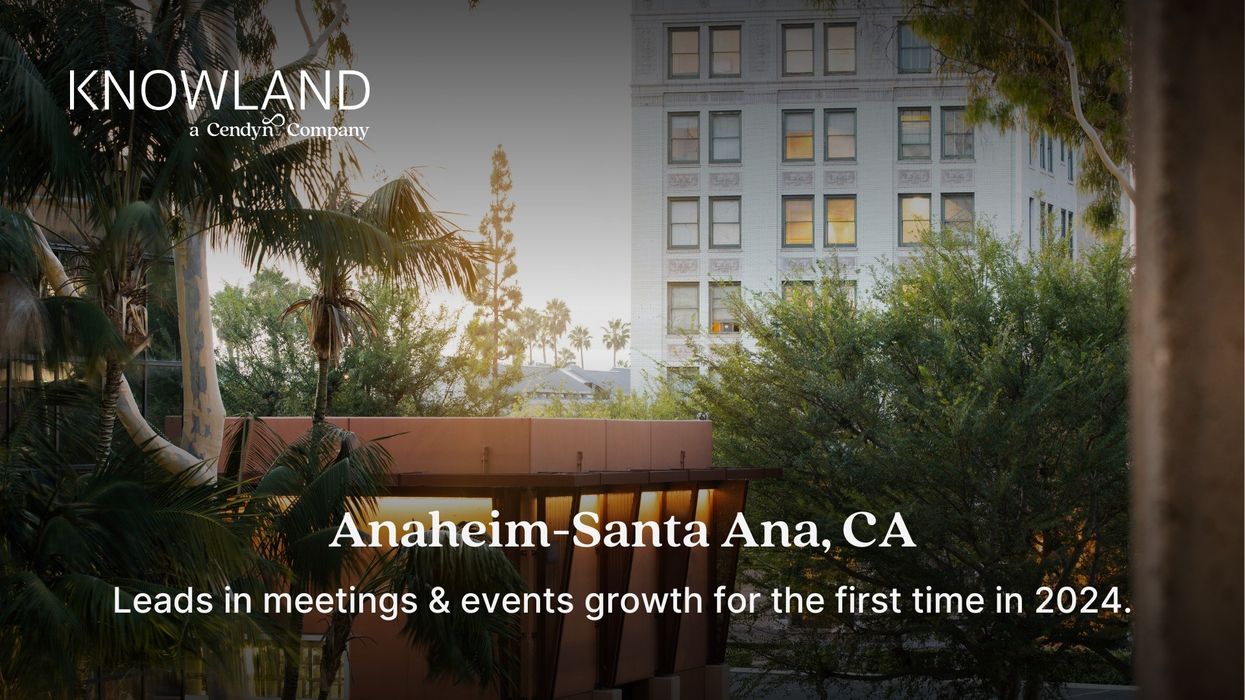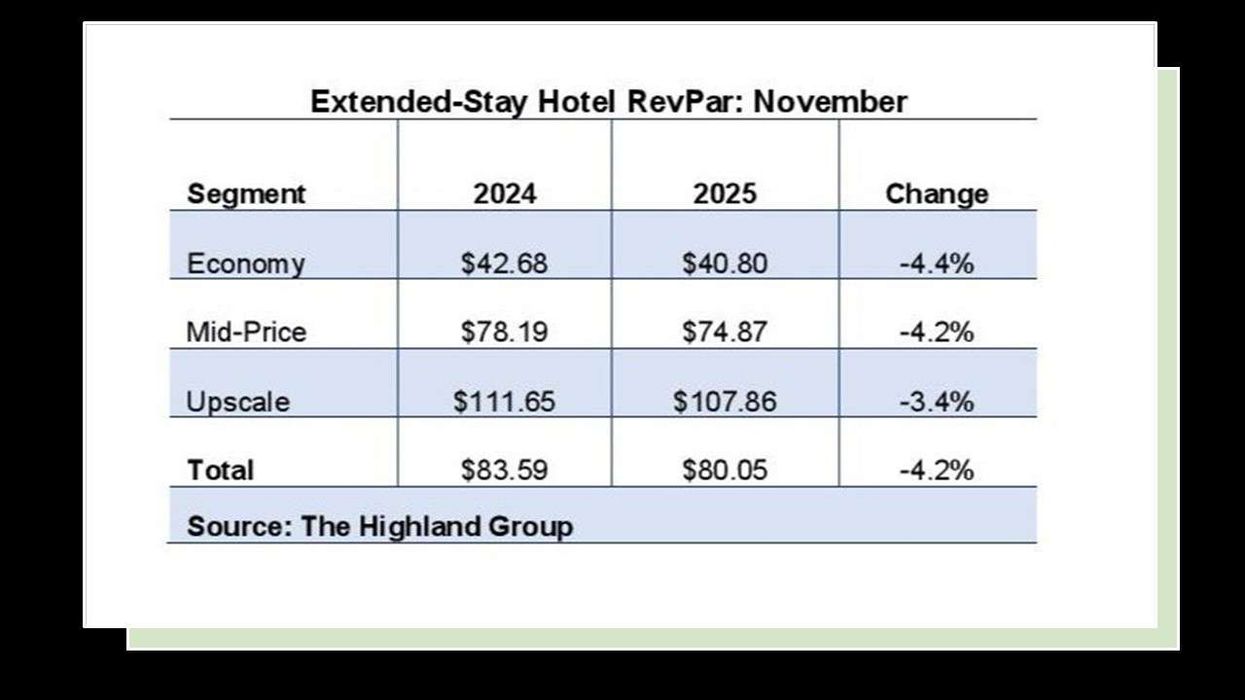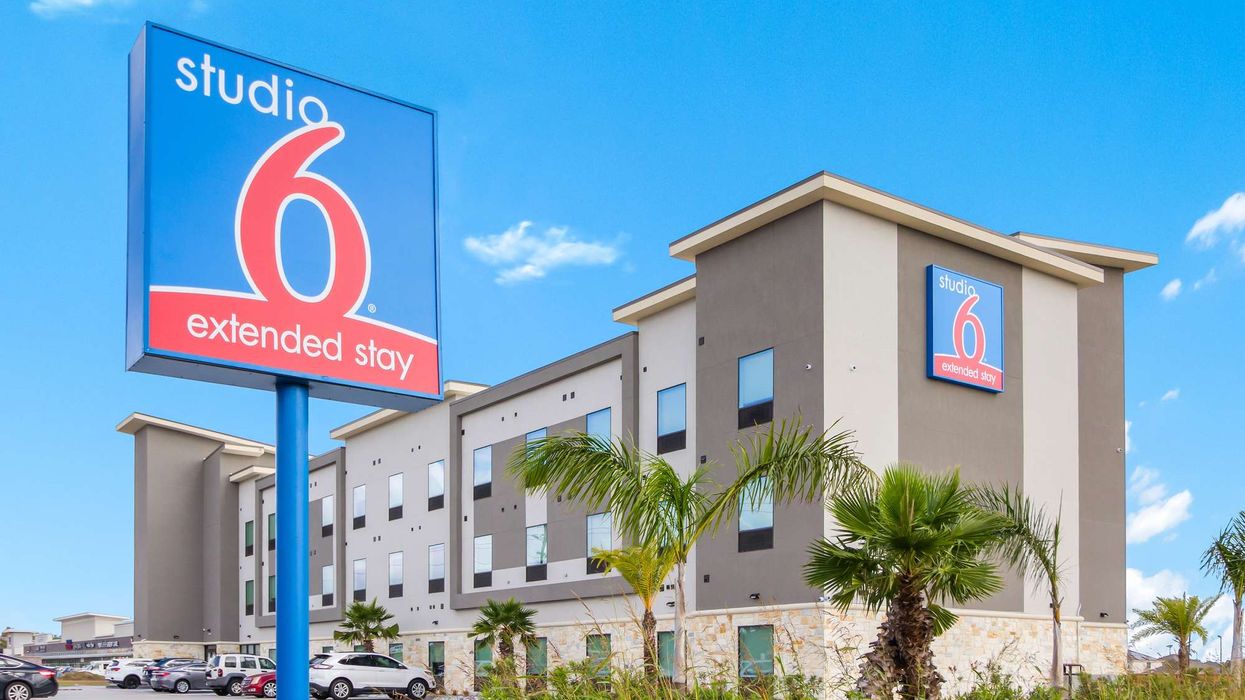ANAHEIM-SANTA ANA, CALIFORNIA, ranked first among the top 25 markets in November with 17.5 percent year-over-year growth, followed by Atlanta at 13.7 percent, according to Cendyn’s Sales Intelligence platform, formerly Knowland. This was Anaheim-Santa Ana’s first time at the top this year, driven by healthcare groups contributing 7.1 percent, including events from Edwards LifeSciences LLC and Kaiser Permanente.
Atlanta’s growth was supported by events from national association and education groups, the report said. Chicago entered the top five for the first time, ranking third with 12.6 percent growth, largely driven by national association groups contributing 10.2 percent.
Anaheim-Santa Ana averaged 4,555 total square feet with an estimated group size of 167. The top 25 markets averaged 3,764 total square feet with a group size of 131.
Top growth drivers:
- Anaheim-Santa Ana (17.5 percent): Healthcare, national associations, education, weddings, consulting
- Atlanta (13.7 percent): National associations, education, technology, healthcare, charity/non-profit/social services
- Chicago (12.6 percent): National associations, education, healthcare, technology, weddings
- Detroit (12.2 percent): Weddings, charity/non-profit/social services, automotive, manufacturing, education
- Miami (11 percent): Education, technology, travel, national associations, financial/banking
Top five secondary markets
Louisville led secondary markets for the seventh time with 59.1 percent growth, averaging 9,014 square feet and a group size of 195, marking its ninth appearance in the top five. Memphis entered the top five for the first time in 2024, ranking second with 48.9 percent year-over-year growth. Wisconsin South and Oklahoma City joined the top five secondary markets for the first time, with growth of 41.2 percent and 39.3 percent, respectively.
Top high-growth secondary markets and industries:
- Louisville, Kentucky (59.1 percent): Charity/non-profit/social services, education, state association, national associations, healthcare
- Memphis, Tennessee (48.9 percent): Travel, religious, education, entertainment/media, charity/non-profit/social services
- Michigan South (45.8 percent): Education, state associations, charity/non-profit/social services, financial/banking, wedding
- Wisconsin South (41.2 percent): State associations, religious, wedding, consulting, national association
- Oklahoma City, Oklahoma (39.3 percent): Charity/non-profit/social services, education, manufacturing, national associations, state associations
Cendyn reported Phoenix led the top 25 markets in October with 19.7 percent year-over-year growth, followed by Las Vegas at 17.7 percent, its 10th consecutive month in the top five. In October, Cendyn acquired Knowland to enhance sales prospecting and drive MICE bookings.













